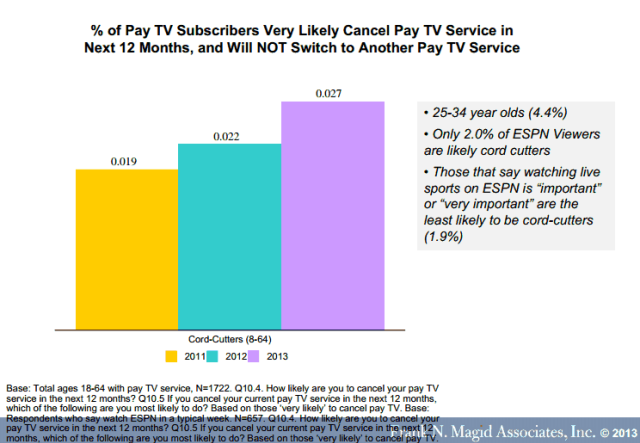In the past, 10 percent adoption of any new technology is an important milestone, as it tends to represent the inflection point, when adoption of some new innovation accelerates. Observers of technology adoption might say that happens because people adopt new technologies when somebody they know has done so.
But it also often is the case that it takes time for people to learn how to use a technology. Some would say a disjuncture between spending on new technology and measurable productivity gains can happen because the value of important new technologies often requires a redesign of business processes, not the automation of older practices.
One might also argue that technology sometimes leads to a change in consumer behavior only when a reasonable substitute product is available, and people have learned how to use the product or process.
Adopting a new technology is similar to any other kind of investment, economists might argue. As in the case of the investment decision, the adoption of new technology entails uncertainty over future profit streams, irreversibility that creates at least some sunk costs and the opportunity to delay.
In other words, people can make a rational decision to delay adoption until it is clear of the value, and value outweighs the costs of acquiring and using the new technology.
If adoption of a technology requires complex new skills, and if it is time-consuming or costly to acquire the required level of competence, then adoption might be slow, in other words.
In the case of online video, one might note that the investment in terminals (smart phones, tablets, PCs) already has happened, or is happening. So is the level of user familiarity with the process of finding and consuming online video.
In some ways, that is characteristic of consumer use of online video delivery, and the substitution of online video for traditional subscription TV.
In many ways, we are in a pre-adoption phase, in part because content owners will not support full online delivery of all content currently available as part of a video subscription. But what is happening is that people are learning to use the Internet, their PCs, smart phones and other devices as familiar ways to get and view entertainment video.
The point is that the habits necessary to underpin a massive change in business model are being created, little by little.
That is why the current, slow shift of some consumers to abandon traditional subscriptions is not the most important trend. What is more important is users gradual habituation to consumption of online video.
To be sure, willingness to consider video “cord cutting” is increasing, according to an analysis by Frank Magid Associates.
Magid says 2.7 percent of subscription TV customers say they are “thinking” about cutting the cord in the next year. That’s up from 2.2 percent a year ago, and 1.9 percent in 2011.
Skeptics will not those are relatively small percentages, and that more people “thinking” about cord cutting is nearly always less than the number of people who will actually do so.
That arguably is less important than the fact that people widely are becoming accustomed to finding and viewing entertainment video on smart phones, tablets and PCs.
More than half of the might-be-cutters say they would do consider video cord cutting because they get enough video to keep them happy via outlets like Netflix, Hulu and Apple’s iTunes, Magid says.
More than half also say they would do so for economic reasons. That further suggests there is latent demand for other ways to consume more-affordable video entertainment.
Either way, there is a growing sense that the value-price relationship is growing unattractive, for more people.
As you might guess, the study suggests 4.4 percent of 18-to-34-year-olds are thinking about cutting the cord, a higher than average finding.
Sports enthusiasts, as you also might guess, are less likely to say they’ would consider abandoning their video subscription.
Other studies also suggest who might guess is the case, namely that users who now have learned to rely on Internet video are more likely to say they would consider cord cutting.
According to a Diffusion Group study, 8.8 percent of adult broadband users with an Internet-connected TV and traditional video service report being highly inclined to cut the cord in the next six months. That compares to 3.5 percent of adult broadband users with video service who don’t use a connected TV.


